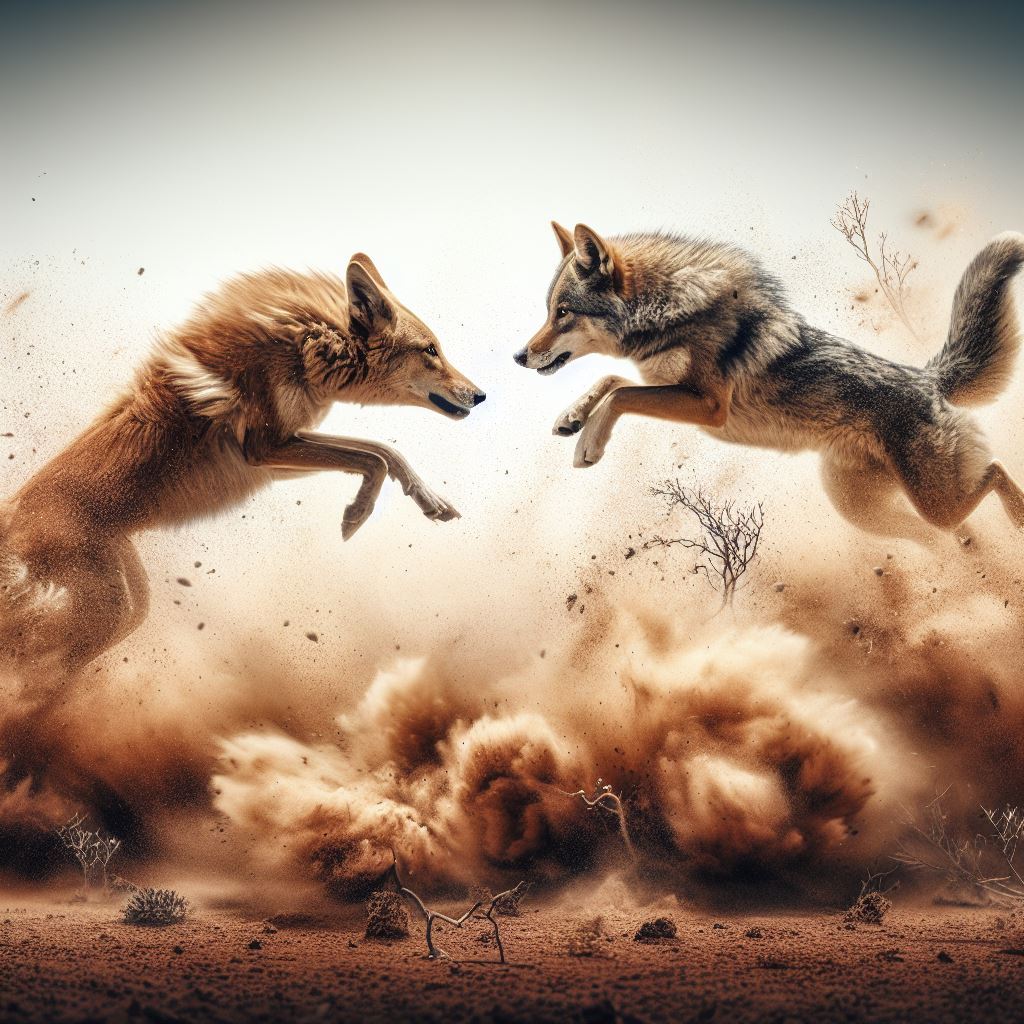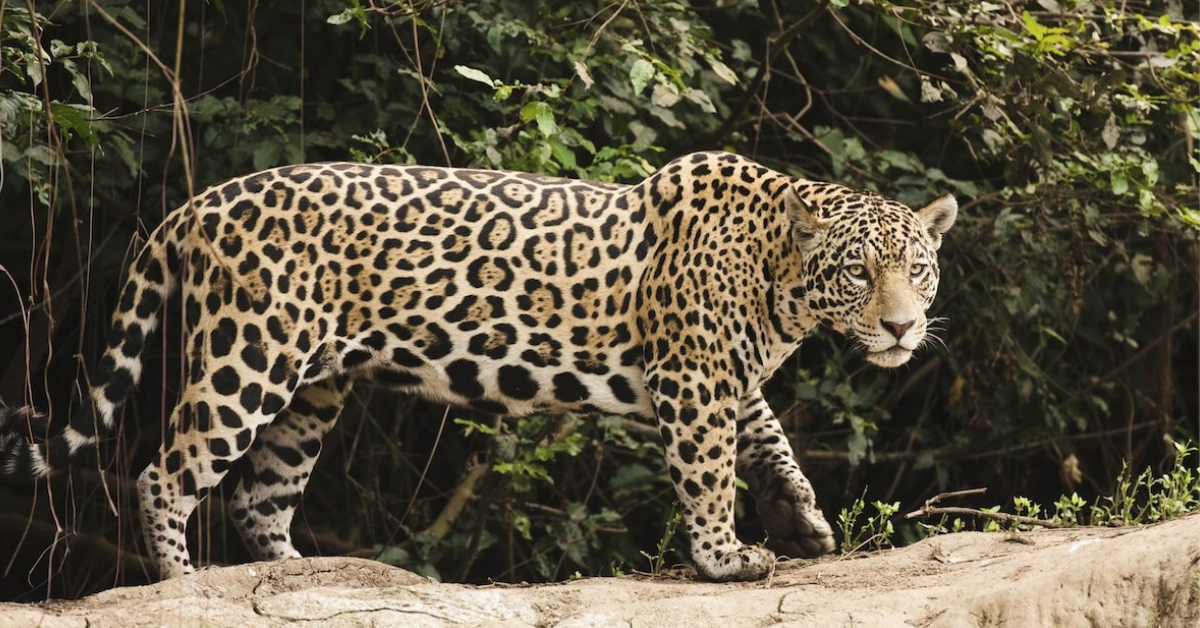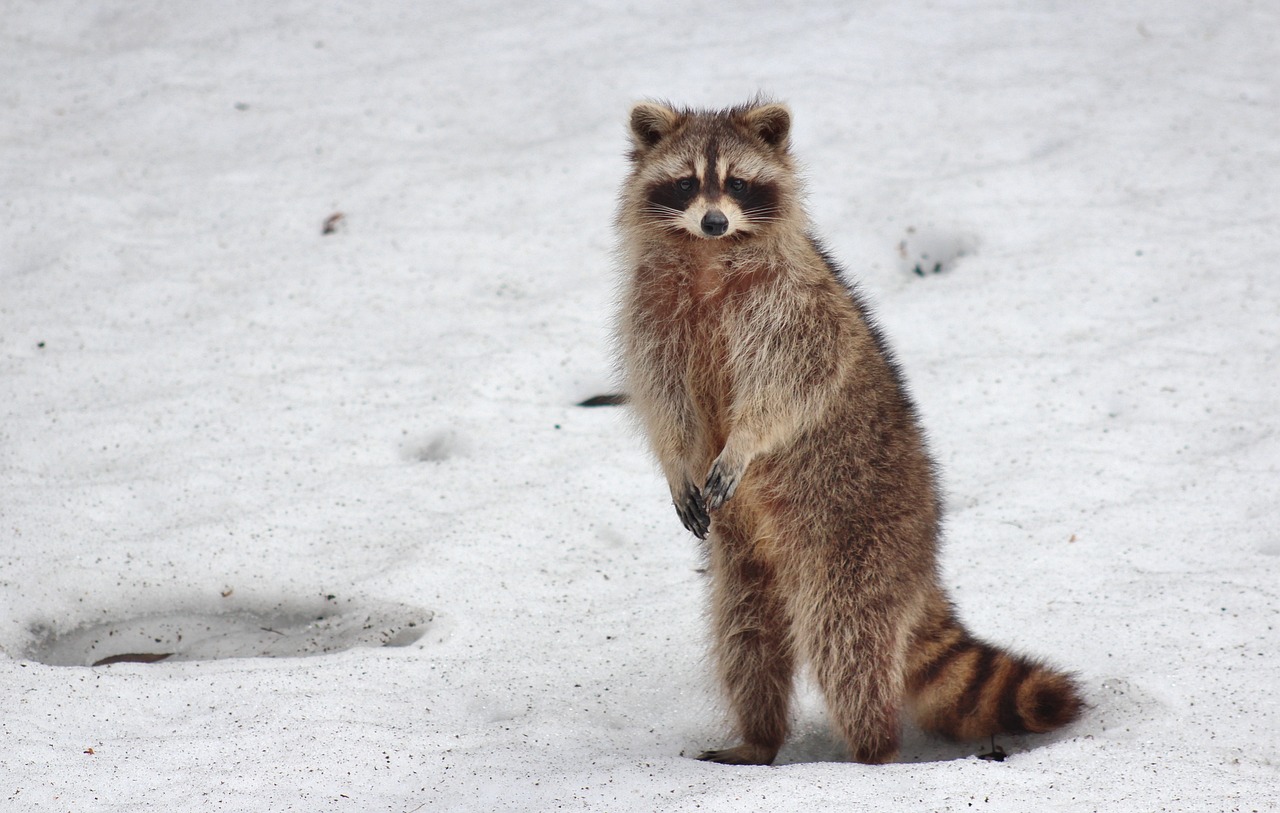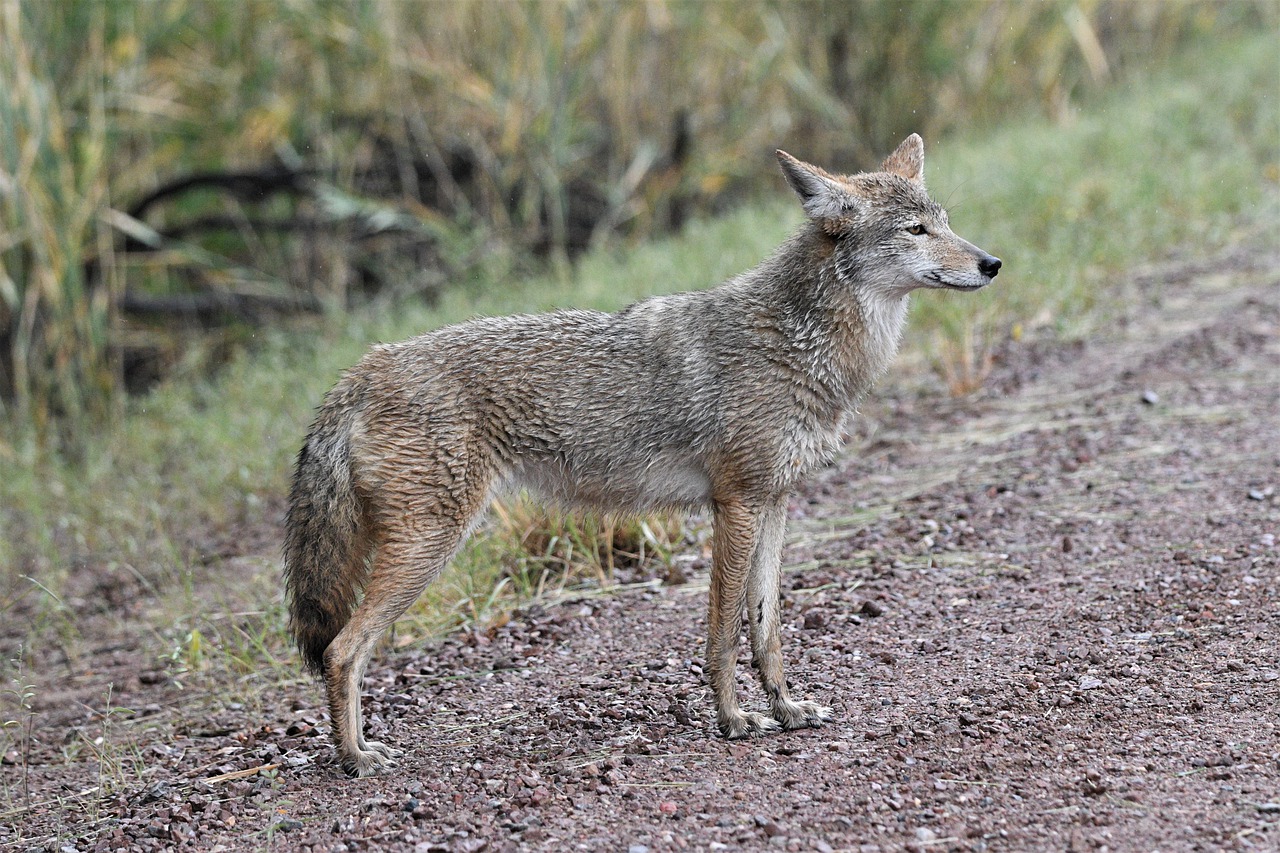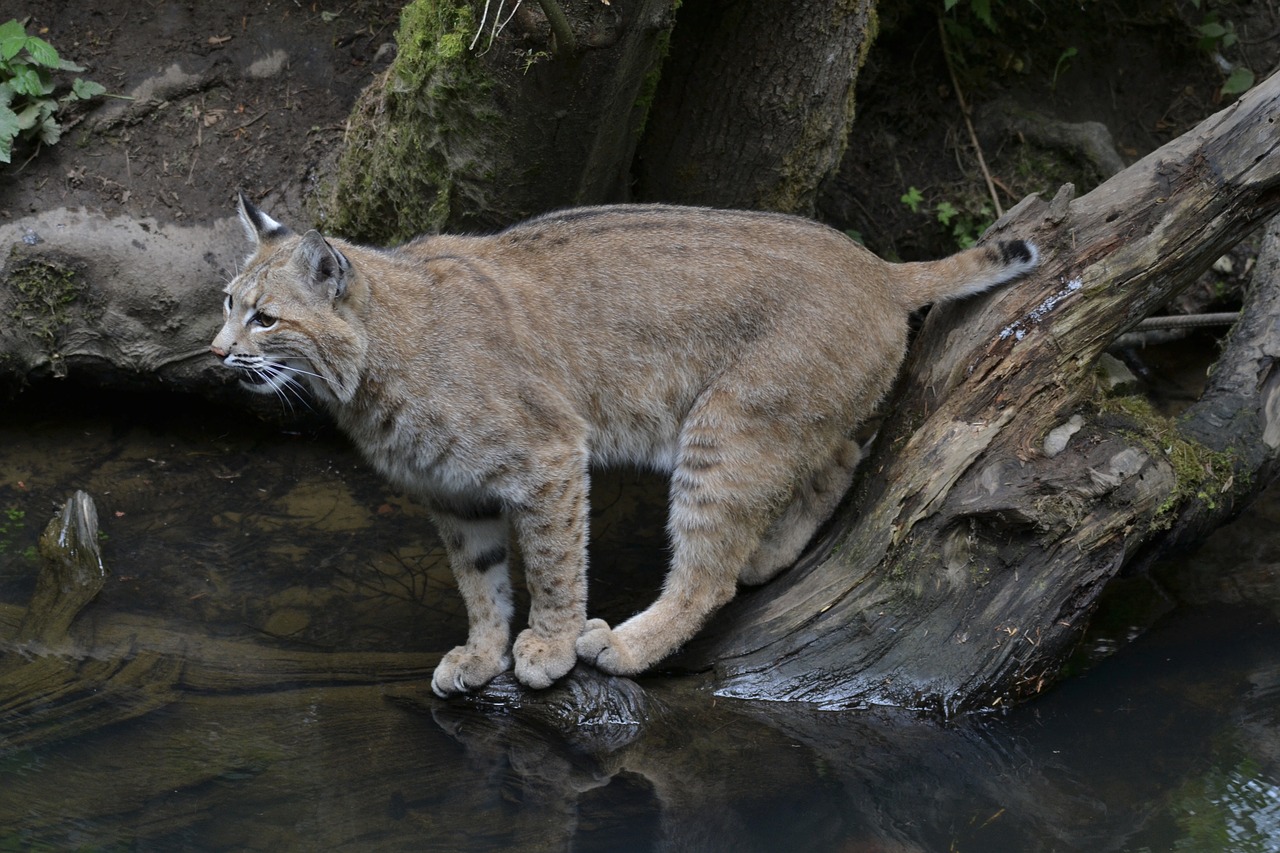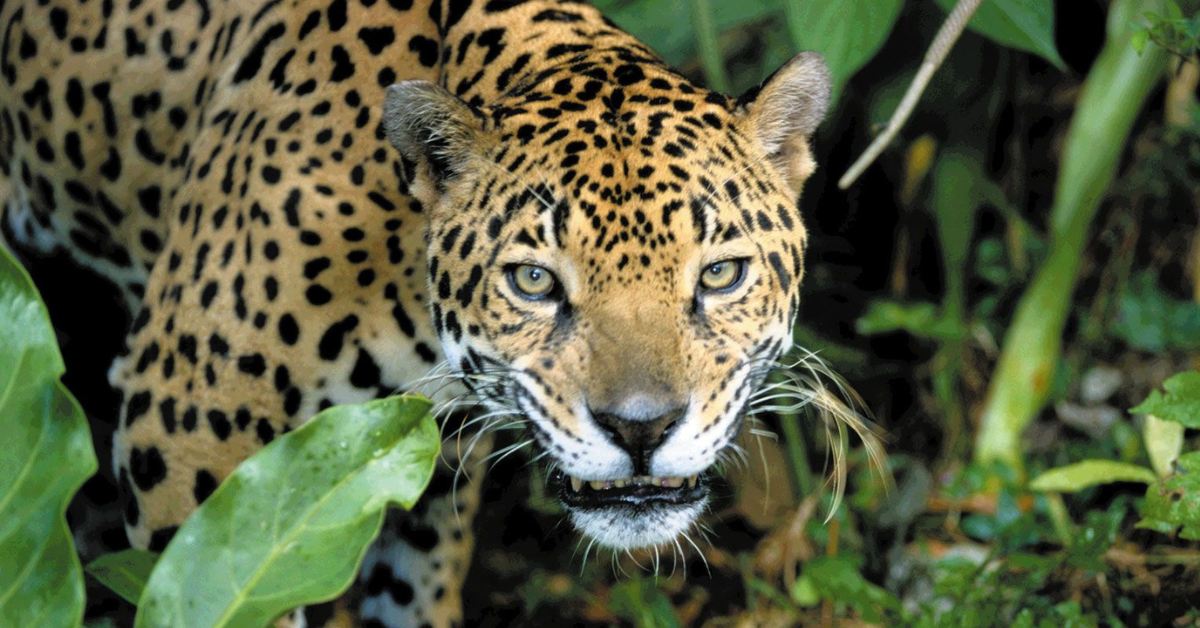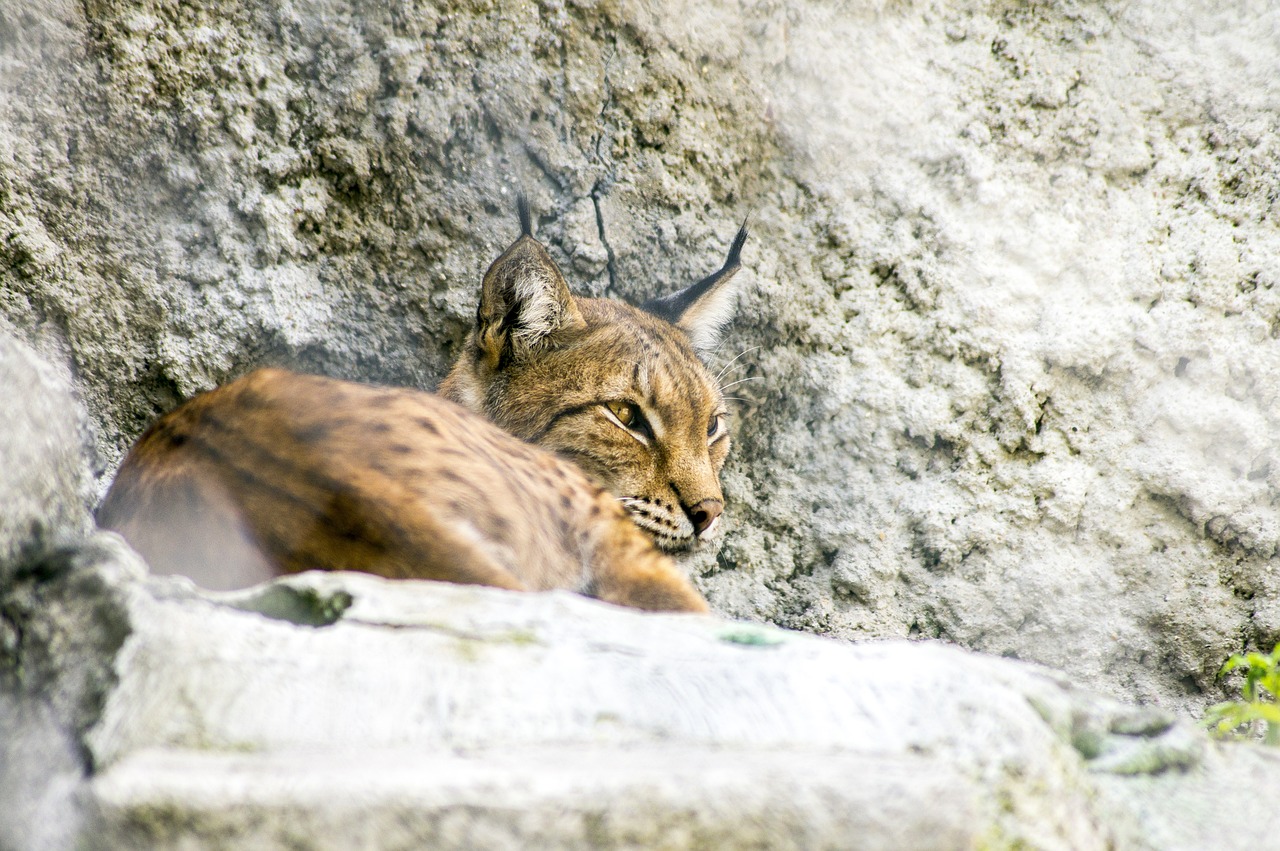
Curious about the bobcat population in Georgia? Look no further! In this article, we’ll delve into the world of bobcats and explore their presence in the diverse regions of Georgia. As you explore Georgia’s five different geographic regions, you’ll discover that bobcats are the only native wild cat in the state. These elusive creatures can be found in various habitats such as forests, agricultural regions, marshes, woodlands, and mountains.


